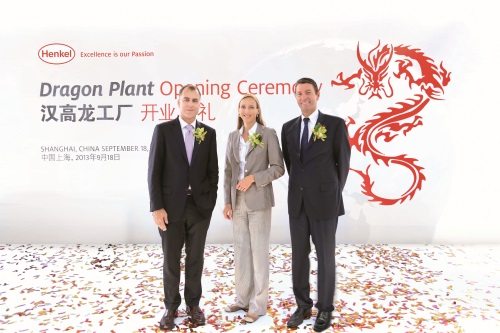Henkel has inaugurated what it considered as the world’s largest adhesives factory in Shanghai, China.
Henkel has invested more than €50 million ($67.7 million) in the plant and will employ about 600 people there.
With this new production facility, the company is expanding its production capacity in a major emerging market and will deliver its innovative adhesive technologies more quickly to the growing number of customers based in China and Asia.
The new factory, which is also known as the “Dragon Plant” at Henkel, comprises of 150,000 square meters of space.
It is the central production site for industrial adhesives in China and Asia Pacific.
Companies being served by the new adhesives plant include enterprises in the automotive industry and various consumer goods sectors.
The factory’s annual output is forecast to reach up to 428,000 metric tons of adhesives.
“This new adhesives factory will contribute significantly to the achievement of our strategy 2016. It will enable our adhesives business to expand and leverage its global reach, and win market share in emerging markets,” said Kasper Rorsted, chairman of the Management Board of the Henkel Group.
The company is already generating 45% of its total sales in emerging markets and 55% of its employees are based in these countries.
In 2016, it aims to increase the sales generated in emerging markets to €10 billion while aiming for total sales of €20 billion.
Henkel says it will be concentrating its existing adhesives production operations in the greater Shanghai region at the new site in the Shanghai Chemical Industry Park and thus significantly expanding its capacities for current and future technologies.
This move is part of the company’s ongoing program to consolidate and optimise its global production network.
Sustainability in production
The “Dragon Plant” is a model for sustainability and efficiency, says Henkel.
Compared to a traditional production plant, it uses half the amount of water using condensed water recovery systems, while recycling has reduced the volume of packaging materials by 60%, and electricity usage for factory lighting has been cut by 90% due to special translucent roofs that let the daylight in.
In addition, there is a system for recovering waste heat and the factory includes innovative filling equipment designed to prevent leaks and spills of adhesives.










